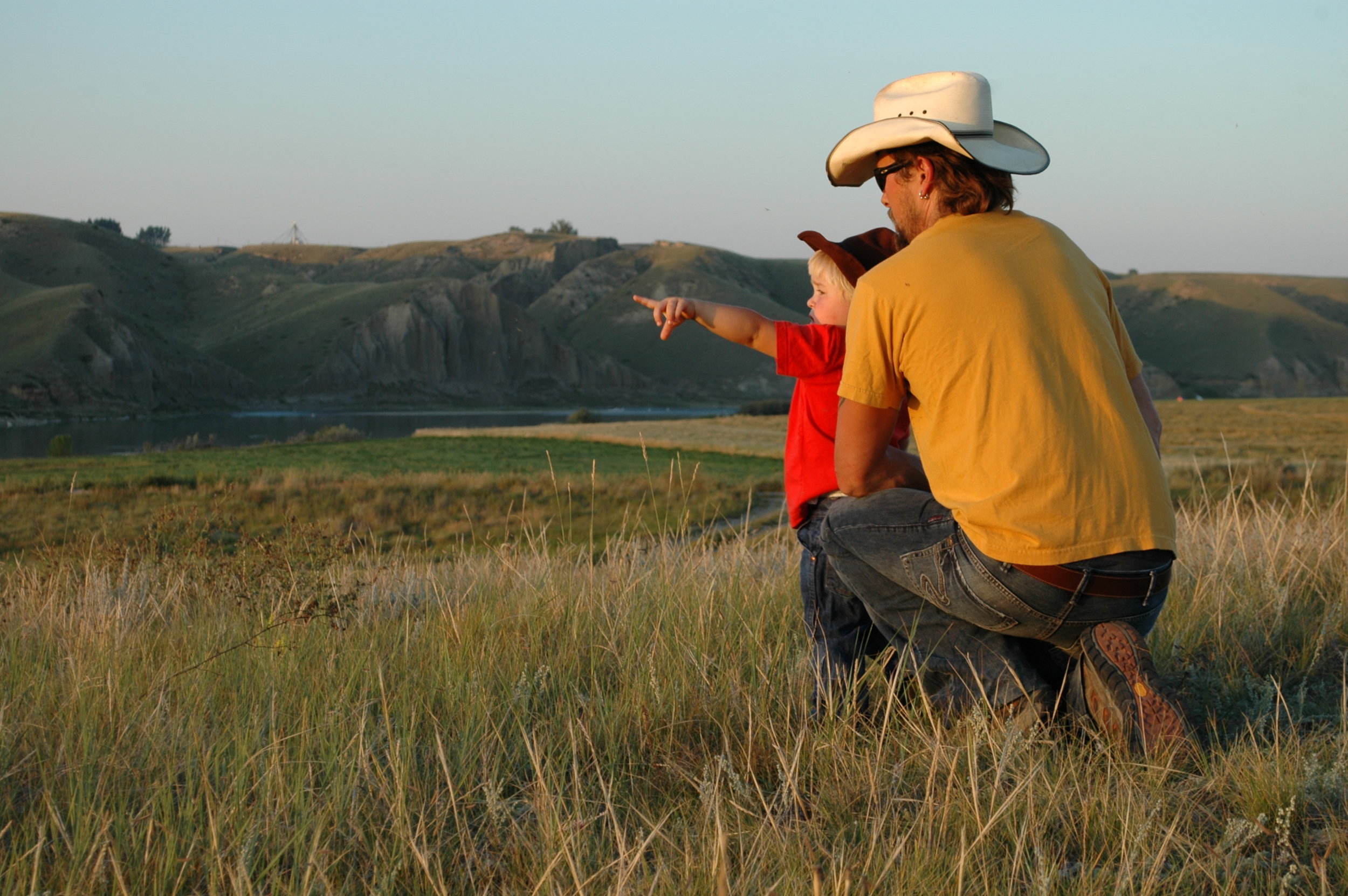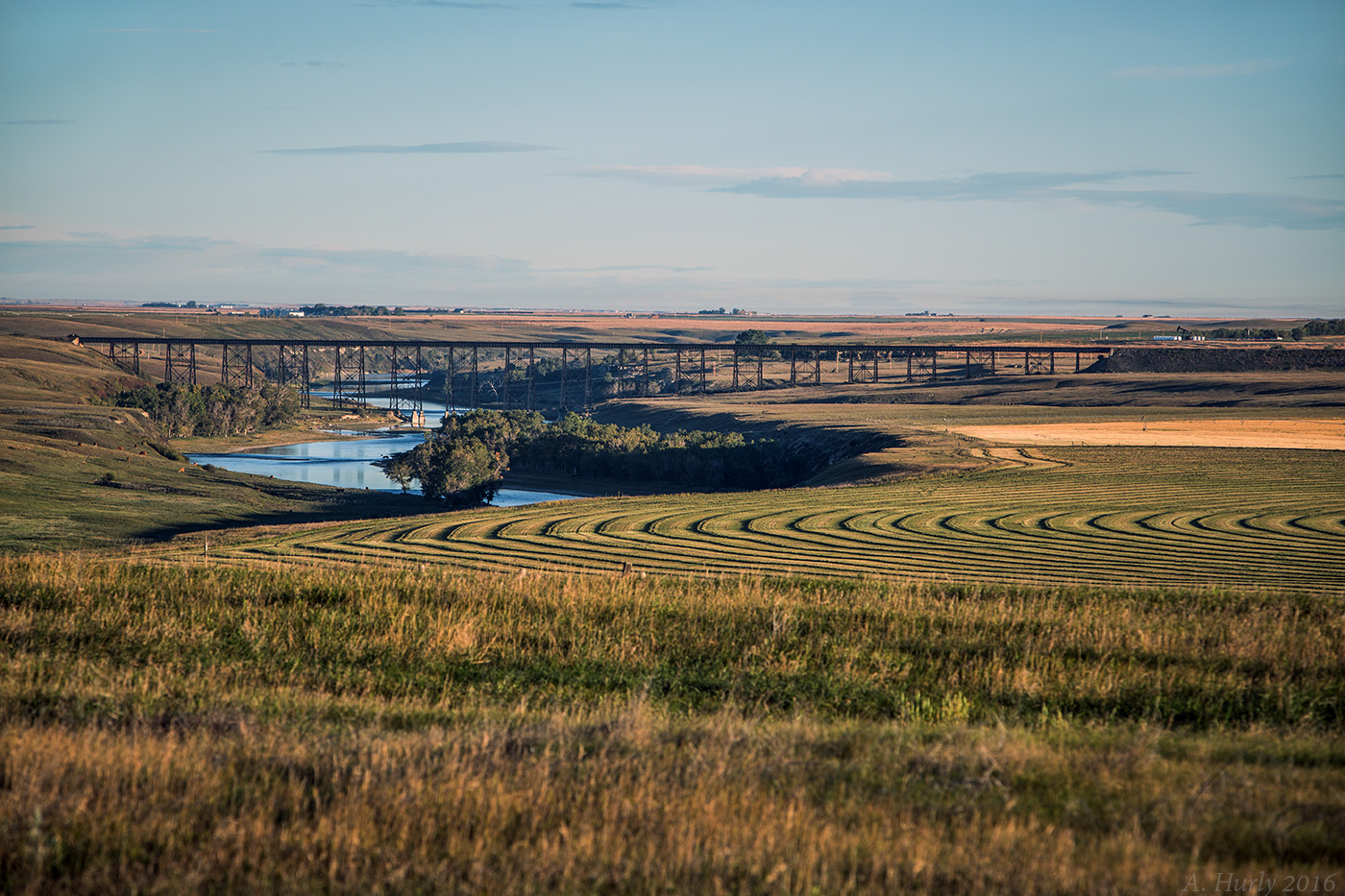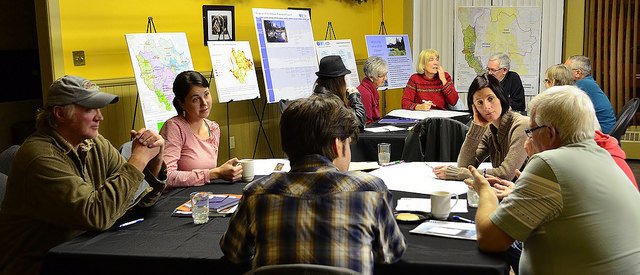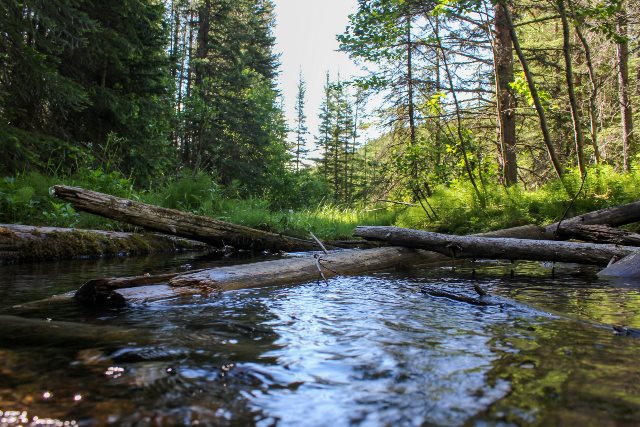OVERVIEW
As a Watershed Planning and Advisory Council, the Oldman Watershed Council (OWC) is mandated to create an Integrated Watershed Management Plan (IWMP). The OWC’s IWMP is a collaborative effort of the entire watershed community. It is informed by scientific research and achieved through stakeholder-led, action-oriented goals.
The eight goals in the IWMP were developed based on the State of the Watershed report, surveys, interviews, in-person workshops, and watershed risk assessments from an extensive stakeholder consultation process. Simply put, the IWMP is based on you, and your vision for the future of our watershed.
The objective of the IWMP is to engage and empower watershed residents and decision-makers. Together, we determine environmental outcomes and develop strategies to improve water security and the health of the Oldman watershed.
“Citizens, communities, industry and government must share responsibility for water management… and work together to improve conditions within their local watershed. ”
background
The IWMP recognizes that watershed management is a long-term and shared responsibility, must address cumulative effects, and offers solutions for maintaining and improving watershed health.
The IWMP sets specific environmental goals and outlines how they will be achieved through action plans. The IWMP also makes recommendations to governments based on community input in order to encourage changes to legislation and policy that will benefit current and future generations.
The OWC is implementing the goals of the IWMP through our current projects, which continually adapt as the watershed, its people, and its politics change.
History of the IWMP
The IWMP was developed in phases that integrated science, local knowledge, changing priorities, and understanding of the condition of the watershed.
Phase 1: Vision for the Oldman Watershed
The State of the Watershed report is a snapshot of the entire watershed under current land use and hydrological conditions. The OWC completed the Oldman River State of the Watershed Report in 2010, which provided the necessary scientific information to plan the priorities of the IWMP.
In late 2008, we formed the IWMP Visioning Team, which interviewed and surveyed stakeholders to ensure cultural, economic, environmental, and social values were represented. In 2010, we released the vision for the IWMP: a healthy, resilient watershed where people, wildlife, and habitat thrive. We also determined what qualitative outcomes we wanted to see:
Environmentally aware, responsible, and motivated watershed residents
A safe and secure water supply
Balanced allocations and wise management of water
Abundant, healthy, and biologically diverse aquatic and terrestrial ecosystems in particular riparian areas, native grasslands, headwaters, native fish, and forested areas
Land managed for multiple uses with minimal impact on natural, cultural, and historical assets
See the vision process summary here.
Phase 2: Identifying and Prioritizing Risks
Phase 2 combined the scientific knowledge from the State of the Watershed report with the qualitative outcomes from Phase 1 to set priorities and risks for the Oldman watershed.
To do this work, we formed the IWMP Core Team in fall 2010, which is made up of 37 stakeholders representing a multitude of sectors. Over a series of workshops, the team used a consensus-based approach and identified 34 risk statements to the vision for the watershed. The team then identified the top 10 risk statements from this list to narrow the focus on specific issues that the IWMP must address. This work was completed in early 2011. Read the summary and recommendations from the process here.
Phase 3: Setting Goals
A Watershed Planning Team, appointed by OWC's Board of Directors, considered the information from the State of the Watershed report and from Phases 1 and 2 to formulate the eight priority goals for the IWMP, released in 2011 in Priorities for the Oldman Watershed: Promoting action to maintain and improve our watershed. These eight goals are addressed through successive efforts in the greater watershed community and guide OWC’s work in land and water resource issues across the watershed:
Goal 1: Improve the understanding and strengthen the commitment of residents to the health of the Oldman watershed.
Goal 2: Optimize the availability of water for the natural ecosystem while supporting the social and economic needs of the community.
Goal 3: Manage and protect the integrity of headwaters and source waters.
Goal 4: Identify and prioritize thresholds to manage threats and impacts on terrestrial and aquatic habitats.
Goal 5: Understand groundwater and how it interacts with surface water.
Goal 6: Identify water quality outcomes and assess factors impacting them for adaptive watershed management.
Goal 7: Prevent and control invasive species.
Goal 8: Understand the status and implications of emerging contaminants.
Phase 4: Action Plans
As of 2025, two of the eight goals have action plans.
Goal 1: The OWC created an action plan centred around communications and outreach to achieve goal 1 of our IWMP: Improve the understanding and strengthen the commitment of residents to the health of the Oldman watershed. Ations are implemented through our communications activities and projects.
Goal 3: The Headwaters Action Plan captures vital community priorities for our mountain source waters. The OWC shared information from this work with the Government of Alberta when the South Saskatchewan Regional Plan (SSRP) was being drafted. Because headwaters protection is a key focus of the SSRP, this represents a significant win for both OWC and the watershed. The OWC also implemented many of the actions within the plan, which became core projects such as educating backcountry recreationists, monitoring, and restoring natural infrastructure.











